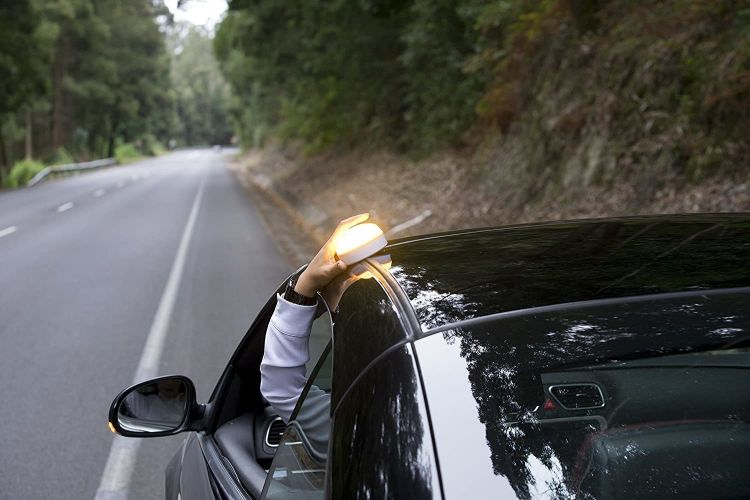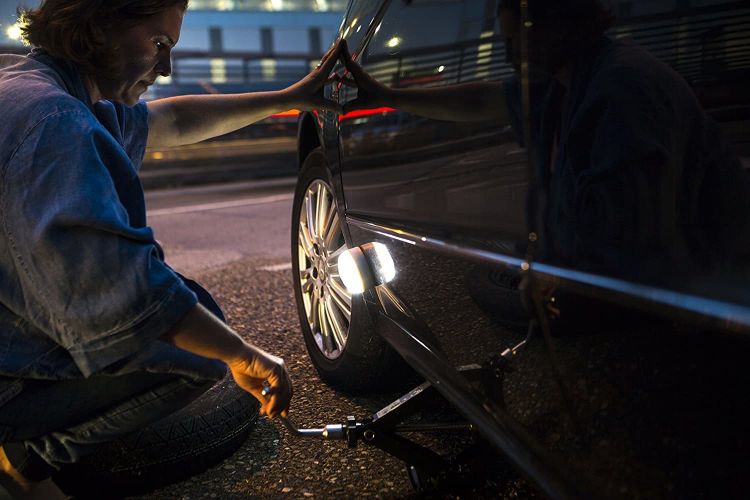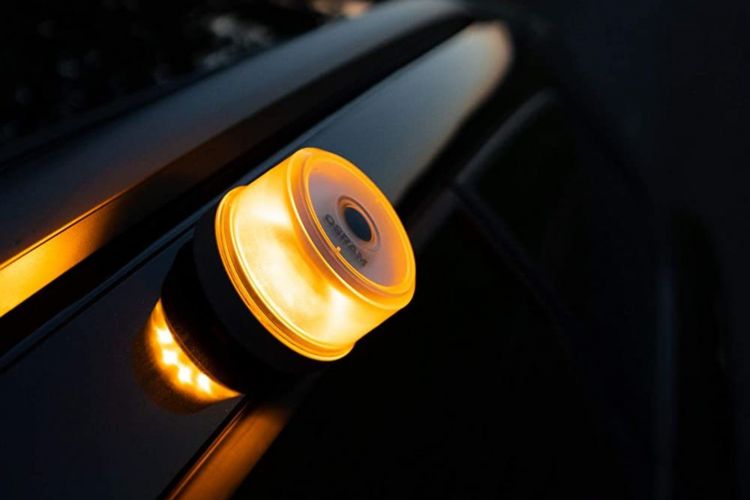Today there are already many of us who carry a V-16 emergency light in our car, an emergency signaling solution that has been endorsed by the General Directorate of Traffic and that will be mandatory, replacing the triangles. The decision was made because it is theoretically a safer solution to signal our car if we suffer a breakdown or an accident which, unlike warning triangles, does not require getting out of the vehicle and walking along the road to signal the vehicle.
Today there has been an important development in this regard. And it is that the Directorate General of Traffic has reviewedFirst, the technical specifications of the emergency lights V-16Among other reasons, considering that the V-16 lights should be allowed to illuminate more intensely than the current ones. The second revision implies that from now on only V-16 lights with geolocation will be certified.
What will happen to the V-16 lights that we have already purchased?
The revision allows to certify V-16 hazard warning lights with higher lighting intensity
The certification of the DGT V-16 lights is reviewed
According to him Royal Decree 1030/2022published in the BOE today, December 21, 2022, some sections of section V-16 of the General Vehicle Regulationsdefining new technical conditions for V-16 lights.
The first involves a lighting intensity check, to allow V-16 devices to enjoy greater illumination. The lower threshold is not modified, but the upper one is, as stated in the Royal Decree due to the fact that “the luminous intensity threshold provided for in it is excessively low considering current technical capabilities”
The upper threshold in grade 0 is extended from 80 to 700 effective candela and in degrees ±8 up to 600 effective candela. This is how it will be written in the General Vehicle Regulations:
«b) Luminous intensity: the intensity must be between 40 and 700 effective candelas in grade 0, and in degrees ±8 between 25 and 600 effective candelas. In both cases, said intensity will be maintained for at least 30 minutes.
Only V-16 lights with geolocation will be certified
The revision will also imply other novelties that we detail below:
- V-16 lights with geolocation must establish the service expiration date (of the data connection)
- They will not be allowed to include functions other than emergency lighting, for example to be used as auxiliary lighting, such as a flashlight
- Test protocols and certificate verification will be reviewed during production
- The technical services that will certify the V-16 lights will communicate the certificates to the DGT, becoming the only link between the DGT and the manufacturer
- The effectiveness of the connectivity between the V-16 emergency light and the DGT connected vehicle platform will be verified
What do I do with the V-16 light that I have already purchased?
The Royal Decree points out that until March 16, 2021, V-16 lights without connectivity or geolocation were certified, and also adds that it is “reasonable and coherent that only those V-16 devices capable of providing said connectivity obtain certification” . So, from now on, only connected V-16 lights with geolocation will be certified..
In any case, the Royal Decree has also provided for a “temporary margin”, which will not only allow the V-16 lights manufactured to date to continue to be used, but also all those that have been certified. This would allow manufacturers to release their stock of V-16 lights without geolocation, and even continue manufacturing them until the factory orders are finished and the components used to manufacture them run out.
For those of us who have already bought a V-16 light without geolocationthe Royal Decree adds that, if it has been certified before its publication in the BOE, we can continue to use it until January 1, 2026. From then on it will be mandatory to carry in the car, and use in case of emergency, a V-16 hazard warning light with connectivity and geolocation functions, which has been certified according to the technical specifications established in this Royal Decree.



